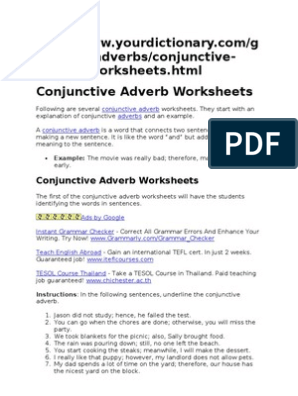0% found this document useful (0 votes)
952 views6 pagesEnglish Reading Comprehension Test: (60 MINUTES)
Here are the responses to the questions:
1. An absolute notion is considered less relevant for the EU for two basic reasons. First, the challenge for Europe is to make the whole population share the benefits of high average prosperity and not to reach basic standards of living as in less developed parts of the world. Secondly, what is regarded as minimal acceptable living standards depends largely on the general level of social and economic development, which tends to vary considerably across countries.
2. The labelling of the relative income measure as at risk of poverty reflects the tendency of governments to interpret it as an indicator of inequality in income distribution rather than as a measure of poverty as such.
3. Fahey (2007) argues for the development
Uploaded by
She's AmalinaCopyright
© © All Rights Reserved
We take content rights seriously. If you suspect this is your content, claim it here.
Available Formats
Download as DOCX, PDF, TXT or read online on Scribd
0% found this document useful (0 votes)
952 views6 pagesEnglish Reading Comprehension Test: (60 MINUTES)
Here are the responses to the questions:
1. An absolute notion is considered less relevant for the EU for two basic reasons. First, the challenge for Europe is to make the whole population share the benefits of high average prosperity and not to reach basic standards of living as in less developed parts of the world. Secondly, what is regarded as minimal acceptable living standards depends largely on the general level of social and economic development, which tends to vary considerably across countries.
2. The labelling of the relative income measure as at risk of poverty reflects the tendency of governments to interpret it as an indicator of inequality in income distribution rather than as a measure of poverty as such.
3. Fahey (2007) argues for the development
Uploaded by
She's AmalinaCopyright
© © All Rights Reserved
We take content rights seriously. If you suspect this is your content, claim it here.
Available Formats
Download as DOCX, PDF, TXT or read online on Scribd
/ 6








































































































